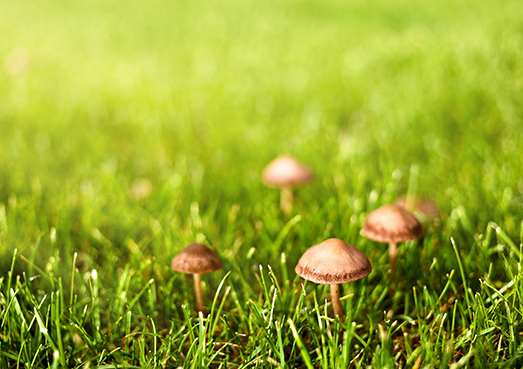Your Cart

Keeping Pollinators Safe
How Weed Man works to ensure the health of pollinators
What is a pollinator?
In recent years, the term “pollinator” has become a new buzz word (pun intended!) for environmental activists. The word refers to anything that carries pollen from one part of the flower, called the stamen, to another part of the same flower or a different flower, which is called the stigma. These ‘male’ and ‘female’ parts of the flower must indirectly come into contact to become fertilized, thereafter producing seeds, fruits, and new plants. The role of the pollinator, then, is to ensure that plants become fertilized.
While many people tend to think of bees when they hear the word “pollinator,” there are actually many different species that carry out this important task. Birds, butterflies, moths, bats, wasps, beetles, flies, and many other small mammals are all considered to be pollinators alongside bees.
Why are pollinators so important?
In addition to their role in nature’s circle of life, the work of pollinators is of utmost importance to us humans. It has been estimated that between 75% and 95% of all flowering plants require pollinators in order to become fertilized and reproduce. This means that approximately one out of every three bites of food we take is there because of our hard-working pollinators!
Pollinators also support other wildlife, stabilize soils, provide support to ecosystems that maintain clean airflow, and work to protect us from severe weather. Though we may not realize it, the work of pollinators benefits every living creature in a significant way.
So, what’s all the hype about pollinators?
In recent years, there has been a lot of discussion about pollinators. This is because many pollinator populations are declining, due to factors such as pollution, land-use change, disease, the introduction of ‘alien’ species, and changes in climatic patterns. With the decline of pollinators, we are facing significant ecological and economic impacts, including negative effects on crop production, wild plant diversity, ecosystem stability, food security, and human welfare.
What is Weed Man’s pollinator policy?
Here at Weed Man, we are committed to reducing negative impact on the environment as well as protecting our pollinators. Out of an abundance of caution, we have put a pollinator policy in place which determines not only what products we use to maintain the health of your lawn, but also how those products are used, in accordance with the guidelines set out by the Pest Management Regulatory Agency (PMRA).
Weed Man only uses PMRA-registered pesticides that have undergone rigorous testing and risk assessment, with health and environmental risks set as a priority. In order for a pesticide to be approved for use, three components must be satisfied: health risk, environmental risk, and value. Weed Man does not use any pesticides that fail to satisfy these three criteria set out by the PMRA.
How do our technicians protect the health of pollinators?
Weed Man’s knowledgeable technicians take many precautions in order to ensure the health of pollinators when treating your lawn. A few of our precautions are as follows:
Staying alert to blooming plants. Before applying any pesticides to your lawn, technicians scout the property in search of any blooming plants – including flowers or weeds – that may attract pollinators.
Following pesticide guidelines. Before using any pesticide, our technicians will always read and follow the label and look out for any language regarding pollinators. PMRA-registered pesticides will have specific instructions to protect pollinators that may be affected.
Keeping up to date on pesticide knowledge. Our technicians know to minimize pollinator exposure by applying pesticides at the labelled rate and at the appropriate time, in accordance with any other label restrictions.
Using the least hazardous formulation or application method. We use granular formulations of sprays where practical, in order to reduce contact exposure to the pesticide.
Minimize spray drift. Pollinators may visit the blooms of landscape plants or weeds that are growing near target plants and be unintentionally impacted by drift and pesticide residues. Our technicians ensure to follow all label and provincial guidelines for varying wind speeds, as well as use equipment that is designed to minimize drift through a low-pressure system that creates large droplets in order to spot-treat.
- Practice IPM and only use pesticides when needed. Weed Man practices Integrated Pest Management (IPM), which is an ecosystem-based strategy that focuses on the long-term prevention of pests or their damage through a combination of techniques that do not involve pesticide use, such as biological control, habitat manipulation, modification of cultural practices, and use of resistant varieties. Pesticides are only used after all of these techniques have been exhausted, and when this is done, treatments are made with the goal of removing only the target organism. Pest control materials are selected and applied in a manner that minimizes risk to human health and is beneficial to nontarget organisms and the environment, ensuring pollinator health.
For more information about our products and services, contact your local Weed Man professional.
 English (USA)
English (USA) Français (CANADA)
Français (CANADA)










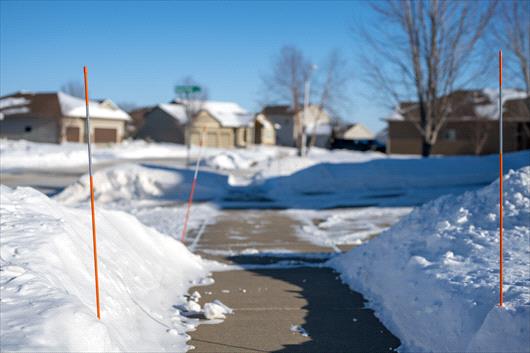






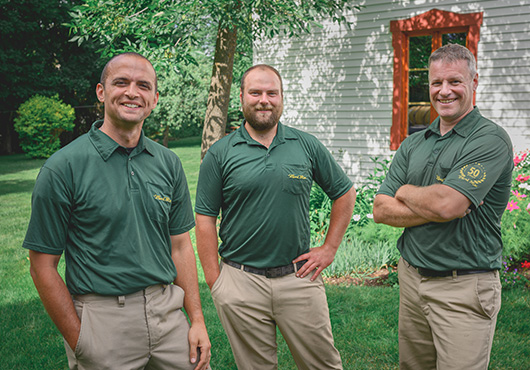





-530X370.jpg)












-530X370.jpg)







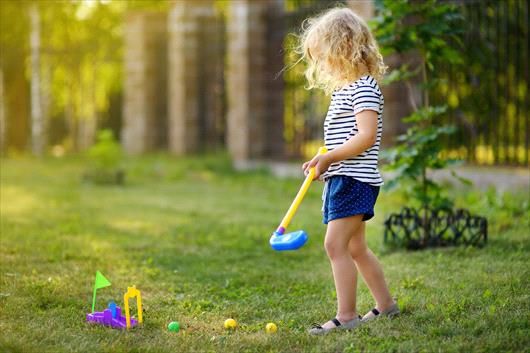


-530X370.jpg)















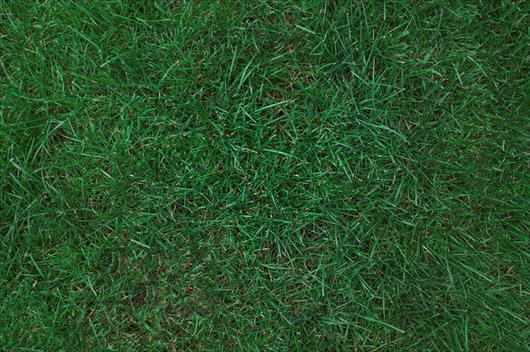
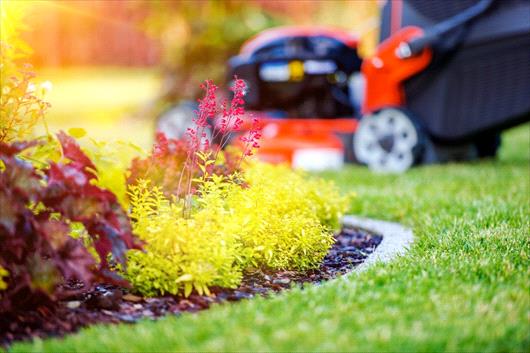


!Large-530X370.jpg)




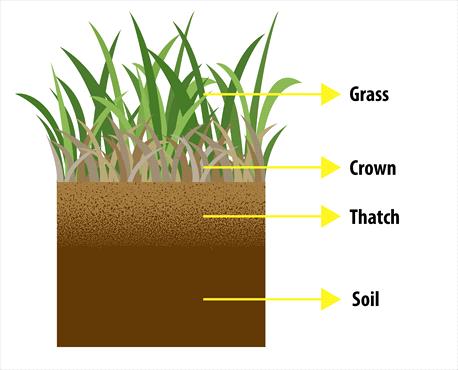



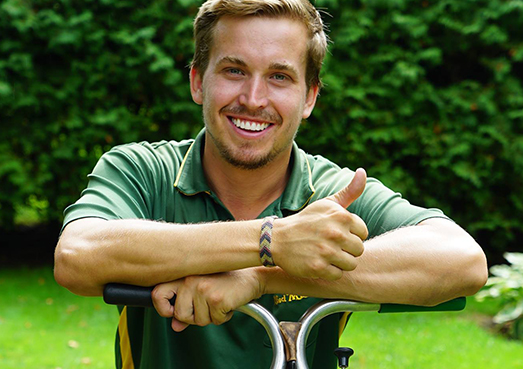




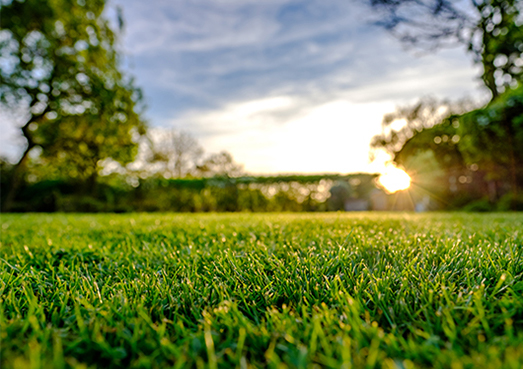

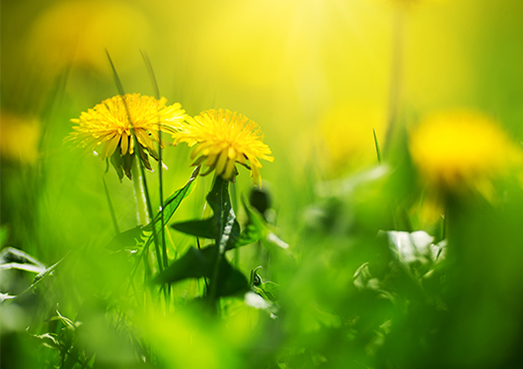

-530X370.jpg)
-530X370.jpg)


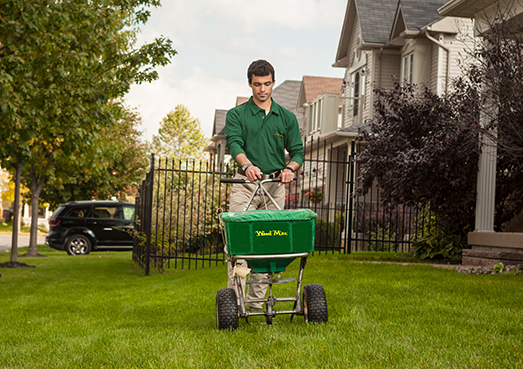
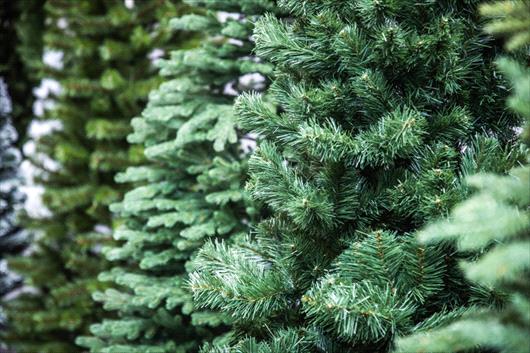



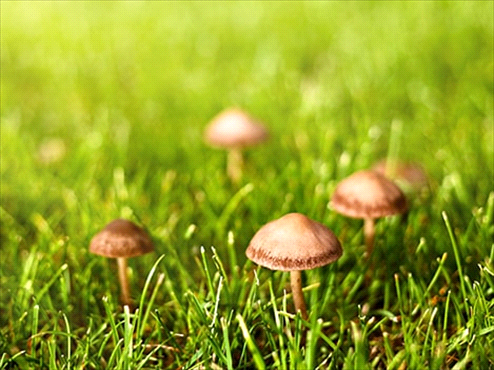




-530X370.jpg)






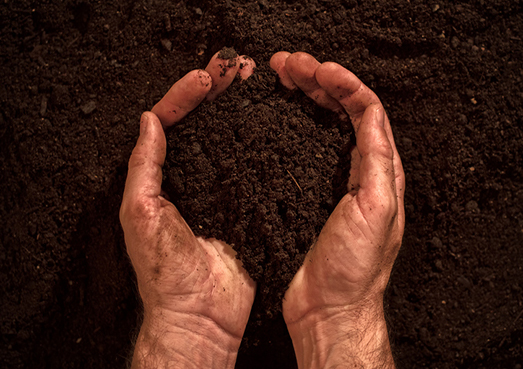





















![System.Collections.Generic.List`1[System.String]](/Library/Upload/2020/01/20/72a449f8-9940-4506-9ab5-2a7007054673/chinch-bug--thumbnail-530X370-530X370.jpg)


